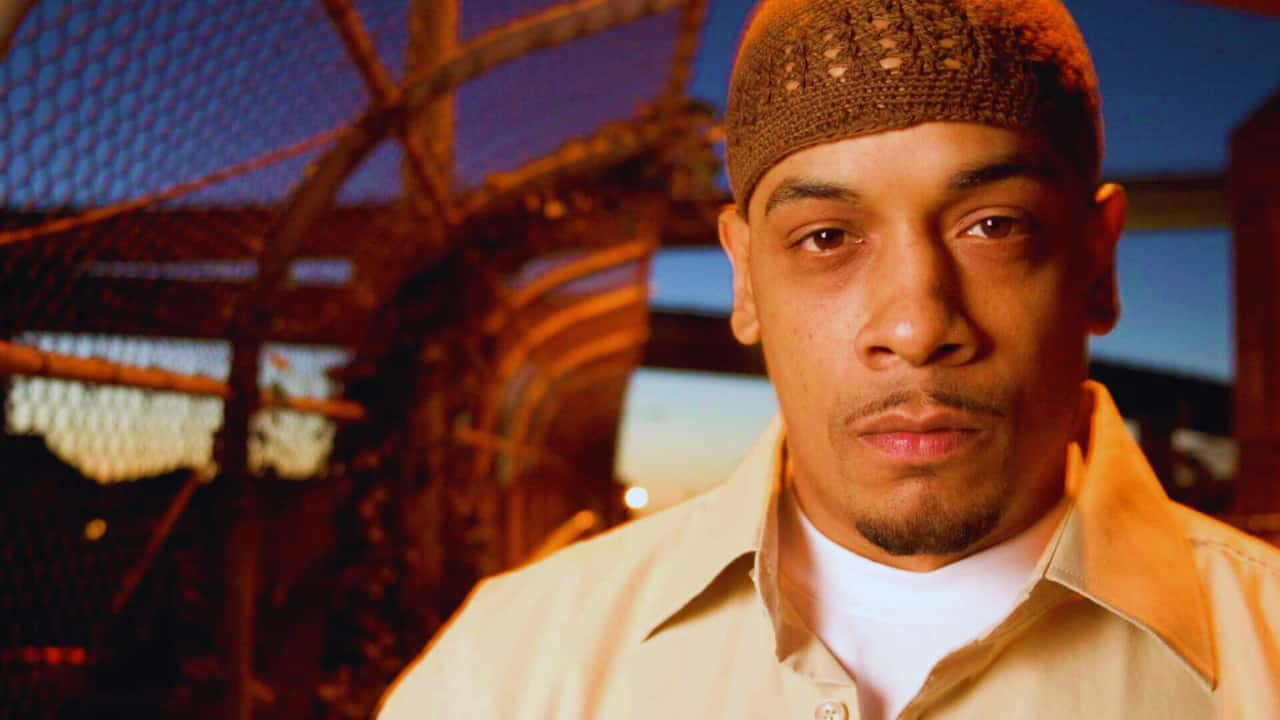In a devastating blow to the hip-hop community, Reggie Gibson, better known as Saafir, has died at the age of 54. The pioneering West Coast rapper passed away at 8:45 a.m. on Tuesday, November 19, in his hometown of Oakland, California.
Fellow rapper and close friend Xzibit broke the news through an emotional Instagram post that sent shockwaves through the music industry. “My soul is crushed,” wrote the 50-year-old artist, whose raw honesty captured the depth of loss felt throughout the hip-hop community. “We surrounded him and let him know how much we loved him. He can rest now,” Xzibit shared, offering a glimpse into Saafir’s final moments surrounded by those closest to him.
Saafir’s journey in hip-hop spans decades of groundbreaking work. Rising from Oakland’s vibrant music scene, he quickly made his mark as a member of the legendary Digital Underground, sharing the stage with icons like Tupac Shakur and Shock G. The group’s innovative sound helped shape West Coast hip-hop in the late 1980s and early 1990s.
His talent extended beyond music. In 1993, Saafir showed his range as an actor in the critically acclaimed film “Menace II Society,” where he played Harold Lawson alongside Hollywood stars Jada Pinkett Smith, Samuel L. Jackson, and Larenz Tate. His contribution to the film’s soundtrack further cemented his versatility as an artist.
A major breakthrough came when music industry legend Quincy Jones signed Saafir to a record deal, leading to the release of his debut album, “Boxcar Sessions.” The album showcased Saafir’s unique wordplay and innovative approach to hip-hop storytelling.
Later, Saafir formed the Golden State Project with Xzibit and Ras Kass. The group initially planned to call themselves The Golden State Warriors but changed course after receiving a cease-and-desist letter from the NBA team.
While his cause of death remains private, Saafir faced significant health challenges in recent years. He underwent surgery to remove a cancerous tumor from his spine, which led to him using a wheelchair. Despite these obstacles, he remained a respected figure in the hip-hop community.
Xzibit’s tribute included a heartfelt plea to the hip-hop community to support Saafir’s family during this difficult time, particularly his younger brother and son. He emphasized the tight-knit nature of the hip-hop community by emphasizing the family’s need for support during this difficult time.
Saafir leaves behind a rich legacy that spans music, film, and cultural influence. His innovative approach to rap and storytelling helped pave the way for future generations of artists. Saafir’s influence on West Coast hip-hop, spanning from his early days with Digital Underground to his solo work and collaborations, will endure for years to come.
As the hip-hop community mourns this significant loss, Saafir’s contributions to the culture stand as a testament to his artistry and innovation. His story reminds us of hip-hop’s golden era and the pioneers who helped shape the genre into what it is today.
